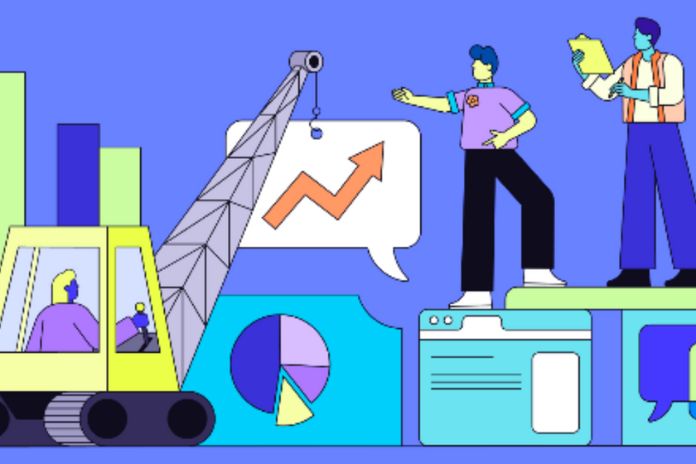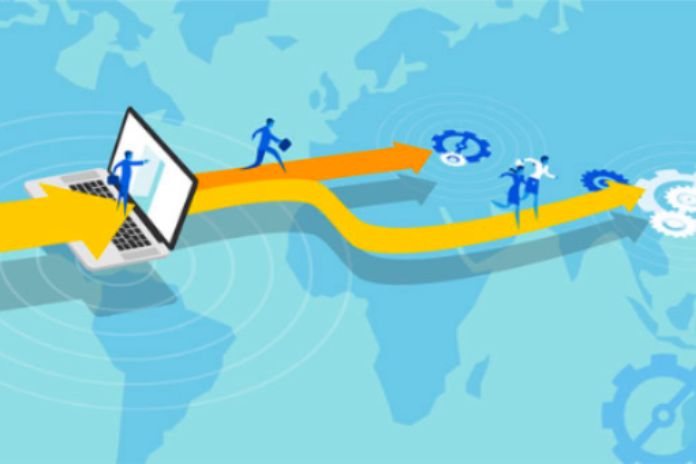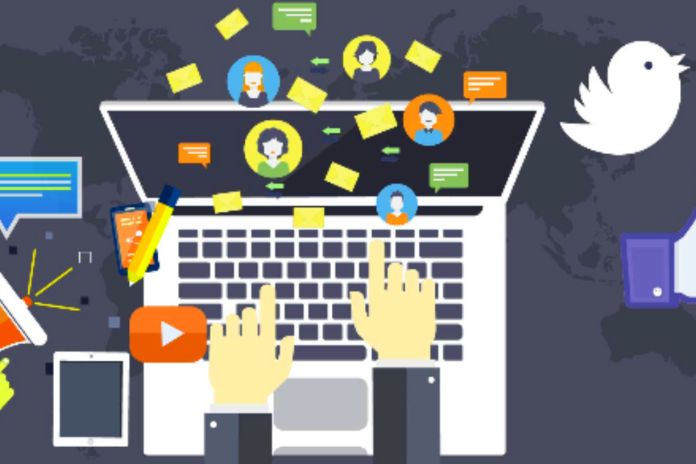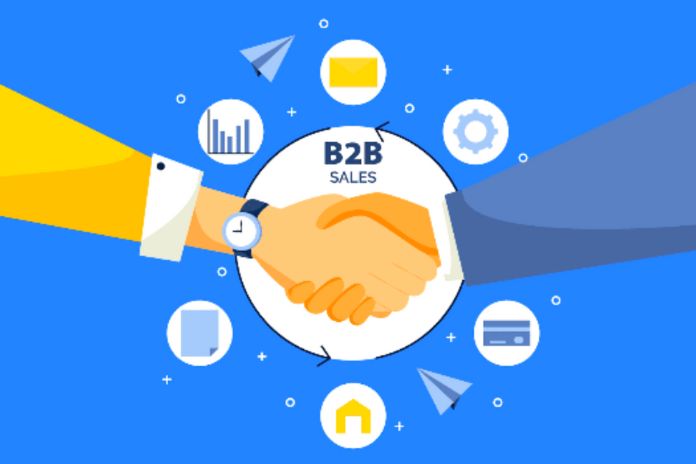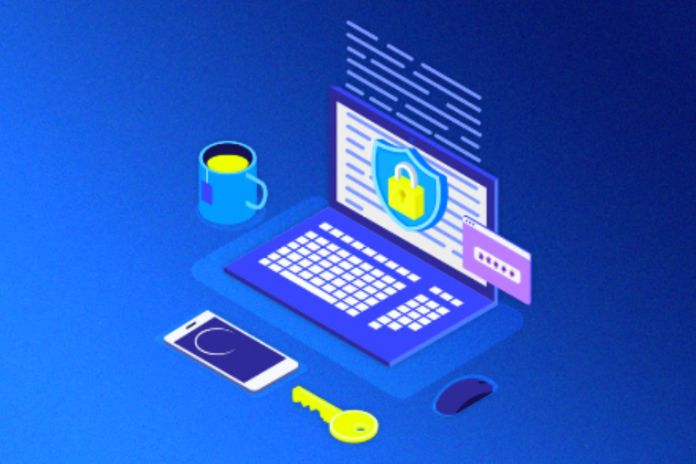Business communication should be seen as a strategic point for businesses that want to improve the perception of their brand.
Business communication is any communication process between a company and the public, internal or external. It is adopted for different purposes: transmitting information, increasing public engagement with the organization and achieving more significant results.
There are different types of business communication; you certainly know some, but when using them strategically and assertively in your company, do you know exactly how to do it?
The importance of communication is a subject that companies should always discuss; after all, its success depends a lot on how it deals with internal and external communication. This means that without effective communication, there is no success in organizations.
With that in mind, we decided to develop this article so that you will understand better business communication: what it is ?: If you’re interested, keep reading!
Business Communication, What Is It?
Business communication corresponds to all the achievements of a company to establish connection and dialogue with its audience. It happens at all your touchpoints through your visual identity, speech, social media, and more.
Business communication is not limited to customers or employees; on the contrary, it can occur between the company and its consumers, employees, partners, and the press, among others, that is, with the internal or internal public of the organization.
In addition, it also needs to be connected with the brand’s mission, vision and values, pillars that convey the company’s image and allow the brand and audience to create a connection.
Why Is Business Communication Important?
Through communication, the company manages to convey its message to all its stakeholders. It is also essential for other reasons. See below.
Avoid Rumors And Gossip
Whether internally or externally, the company is susceptible to gossip, never in the current context, with the existence of different digital platforms and social networks that facilitate sharing of information and even fake news.
More traditional companies, for example, are used to keeping information (on billing, salaries, company health and data on strategies) restricted to the board. By adopting a new stance, that of transparency, it no longer opens up space for speculation and rumors.
Increase The Feeling Of Belonging
Do you know that good old phrase of “wearing the company shirt”? Well, the feeling of belonging results in an employee being satisfied with the institution that provides the service and engaged in all its practices.
Business communication seeks to strengthen the relationship between the company and employees and align the expectations of both parties, which clarifies everything. Through this act, she shares her values, mission, and identity, and the employee begins to identify reasons to make her goals his goals as well.
When it fails to promote assertive communication, the employee doesn’t find any identification with the workplace and, worse, doesn’t feel proud to be part of it. This can result in further losses for the company, including dismissing essential talents.
This hardly happens with the purple bank, Nubank, because it invests in internal and external communication. If you like to follow the social network LinkedIn, for example, you have probably seen the employees of this institution wearing the company’s shirt.
This is the result of several strategies, including recognizing the importance of business communication as something inherent to the survival and growth of a company.
It Opens The Opportunity For Questions And Suggestions
Thinking of business communication as a strategy to enhance the company’s results is something that large corporations do because it is a powerful tool if used correctly.
Still using internal communication as an example, the one aimed at employees, if done correctly, professionals have more confidence in the company and, consequently, feel more comfortable to clarify their doubts, suggest improvements and share processes or even people that have made it difficult for them to happen.
In other words, communication again proves to be an ally for the company’s growth.
Improve The Company’s Image
Credibility and authority draw attention and captivate both internal and external audiences. And, as if the other benefits weren’t enough, business communication also helps you implement this perception.
After all, through communication, a company can raise its flags, tell why it is a relevant brand for today’s society, share its values, and interact with its employees, customers and suppliers.
When she knows how important this is today and appears, takes a stand and speaks openly, she gains more respect and draws more attention from customers, the community and her employees.
Improves The Organizational Climate
Think of the following scenario, a company that shares moments of challenges and victories with employees. That communicates the importance of each professional and how each is essential for achieving the goal. A company that corresponds with the individuals that make it up. It cannot generate any other result if it does not improve the organizational climate.
Also Read: 9 Strategies That Will Boost Your B2B Sales

